Recommended: Purchase one tour per car, not per person. Everyone listens together!
Immerse yourself in the incredible landscape of Bryce Canyon National Park, one of the iconic “Mighty Five” parks of Utah. With this self-guided driving audio tour, explore this park’s striking vistas & iconic hoodoos. Learn about the great geological movements that formed this alien landscape as you drive along the Bryce Amphitheatre & embark on walks & hikes through the canyon. This self-guided tour allows you to explore Bryce’s wonders with maximum flexibility & value.
After booking, check your email to download the separate Audio Tour Guide App by Action, enter your unique password, and access your tour. These steps require good internet/Wi-Fi access. From there, follow the audio instructions and the route.
Buy once, use for one year! Ideal for extended visits and return trips over the next 12 months.
This isn't an entrance ticket. Check opening hours before your visit.
Нью-Йорк
Досліджуйте
 Унікальний досвід
Унікальний досвід
 Подорожі та транспортні послуги
Подорожі та транспортні послуги
 Тури, екскурсії та круїзи
Тури, екскурсії та круїзи
 Квитки та перепустки
Квитки та перепустки
 Квитки та перепустки на спортивні події
Квитки та перепустки на спортивні події
 Мала група
Мала група
 Сезонні та особливі випадки
Сезонні та особливі випадки
 Застосовані санітарні заходи
Застосовані санітарні заходи
 Заходи на свіжому повітрі
Заходи на свіжому повітрі
 Ймовірно, буде розпродано
Ймовірно, буде розпродано
 ЛГБТ-дружні тури
ЛГБТ-дружні тури
 Зручно для дітей
Зручно для дітей
 Залучає тварин
Залучає тварин
 Добре, щоб уникнути натовпу
Добре, щоб уникнути натовпу
 Їжа та напої
Їжа та напої
 Відмінна якість
Відмінна якість
 Заняття та семінари
Заняття та семінари
 Найкраще перетворення
Найкраще перетворення
 Аудіогіди
Аудіогіди
 Мистецтво та культура
Мистецтво та культура
 Віатор Плюс
Віатор Плюс
 Sustainable Tours
Sustainable Tours
 Limousine Transfers
Limousine Transfers
 Donut Walking Tour
Donut Walking Tour
 Virtual Experiences
Virtual Experiences
 Additional fees
Additional fees
 DSA non-compliant
DSA non-compliant
 Унікальний досвід
Унікальний досвід
 Подорожі та транспортні послуги
Подорожі та транспортні послуги
 Тури, екскурсії та круїзи
Тури, екскурсії та круїзи
 Квитки та перепустки
Квитки та перепустки
 Квитки та перепустки на спортивні події
Квитки та перепустки на спортивні події
 Мала група
Мала група
 Сезонні та особливі випадки
Сезонні та особливі випадки
 Застосовані санітарні заходи
Застосовані санітарні заходи
 Заходи на свіжому повітрі
Заходи на свіжому повітрі
 Ймовірно, буде розпродано
Ймовірно, буде розпродано
 ЛГБТ-дружні тури
ЛГБТ-дружні тури
 Зручно для дітей
Зручно для дітей
 Залучає тварин
Залучає тварин
 Добре, щоб уникнути натовпу
Добре, щоб уникнути натовпу
 Їжа та напої
Їжа та напої
 Відмінна якість
Відмінна якість
 Заняття та семінари
Заняття та семінари
 Найкраще перетворення
Найкраще перетворення
 Аудіогіди
Аудіогіди
 Мистецтво та культура
Мистецтво та культура
 Віатор Плюс
Віатор Плюс
 Sustainable Tours
Sustainable Tours
 Limousine Transfers
Limousine Transfers
 Donut Walking Tour
Donut Walking Tour
 Virtual Experiences
Virtual Experiences
 Additional fees
Additional fees
 DSA non-compliant
DSA non-compliant




 uk
uk
 English
English
 Russian
Russian
 French
French
 Polish
Polish
 Serbian
Serbian
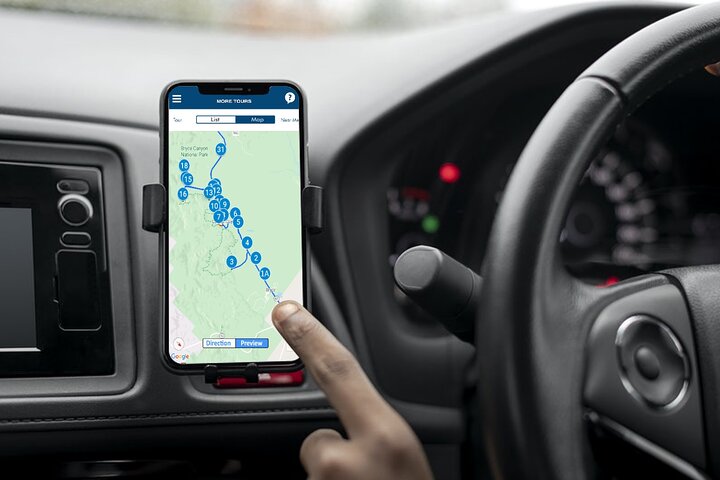
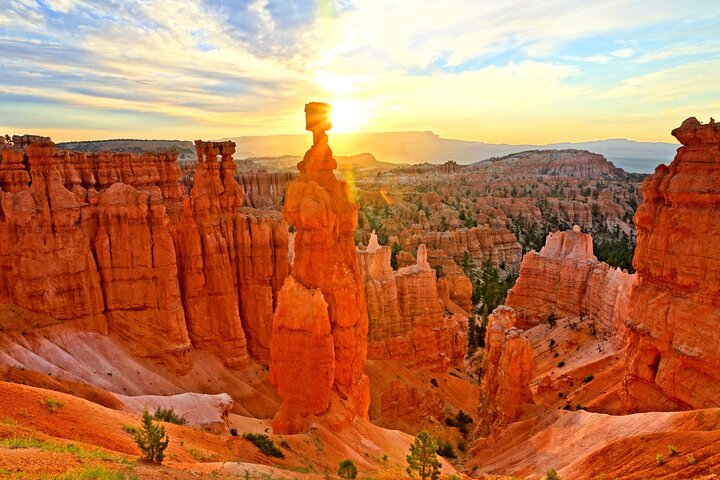
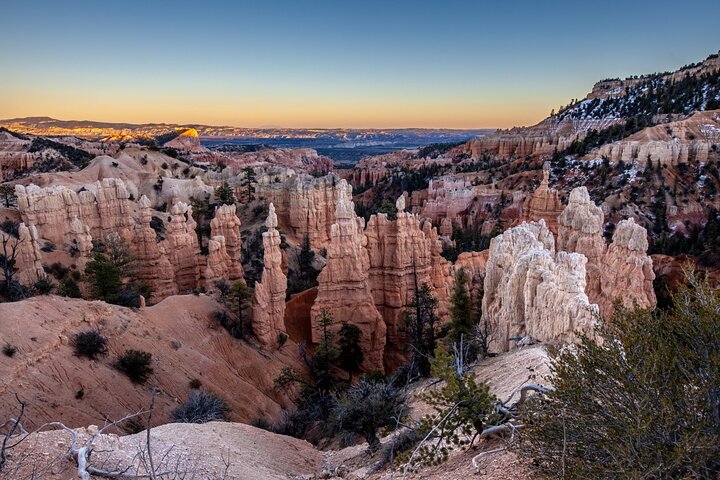









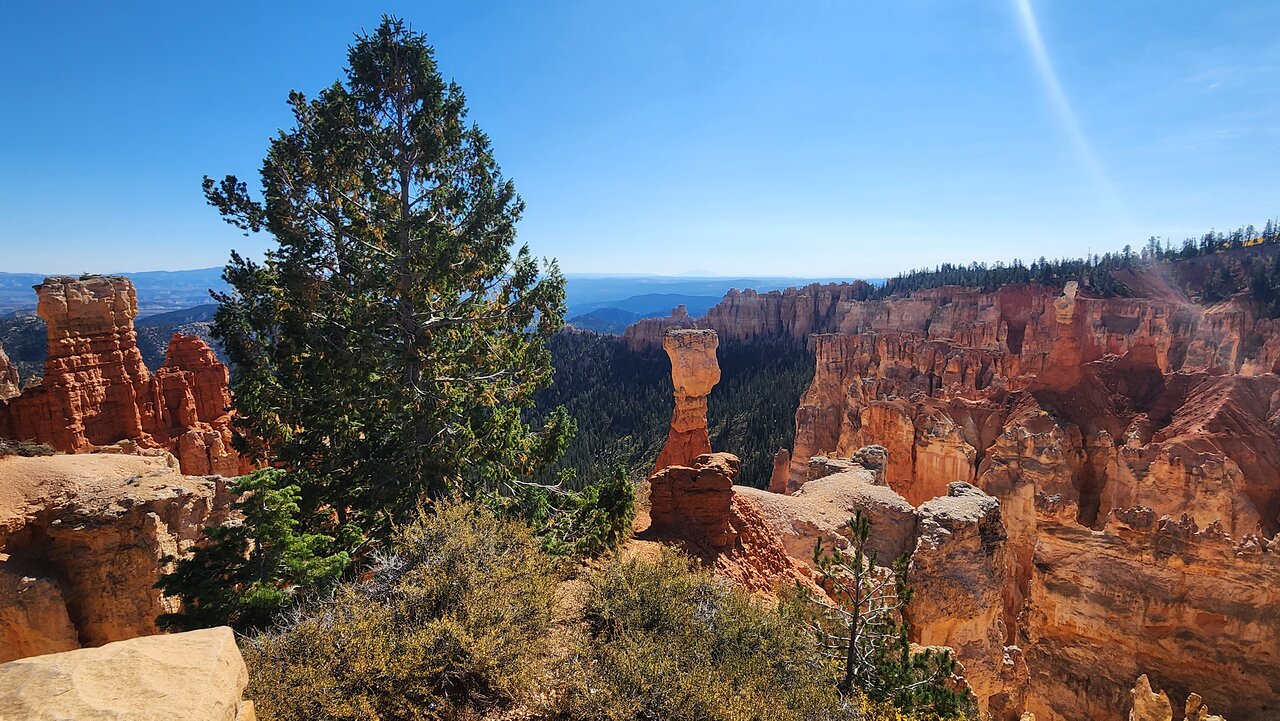
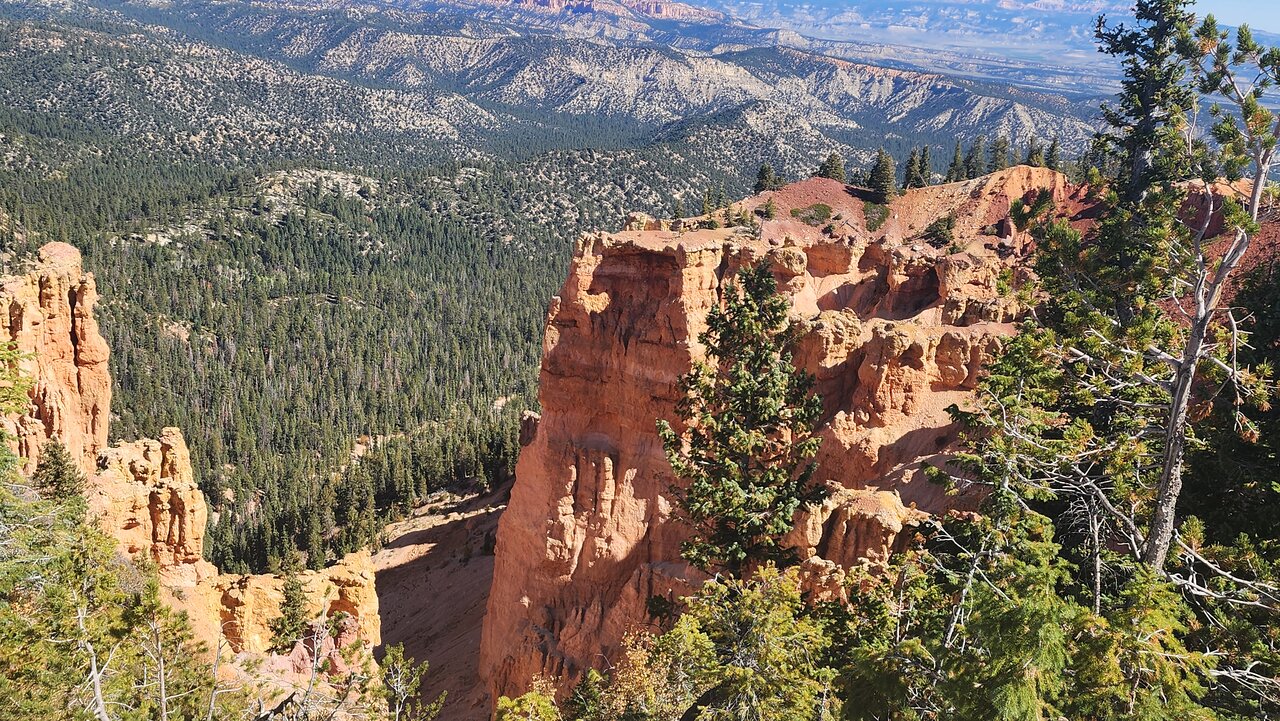

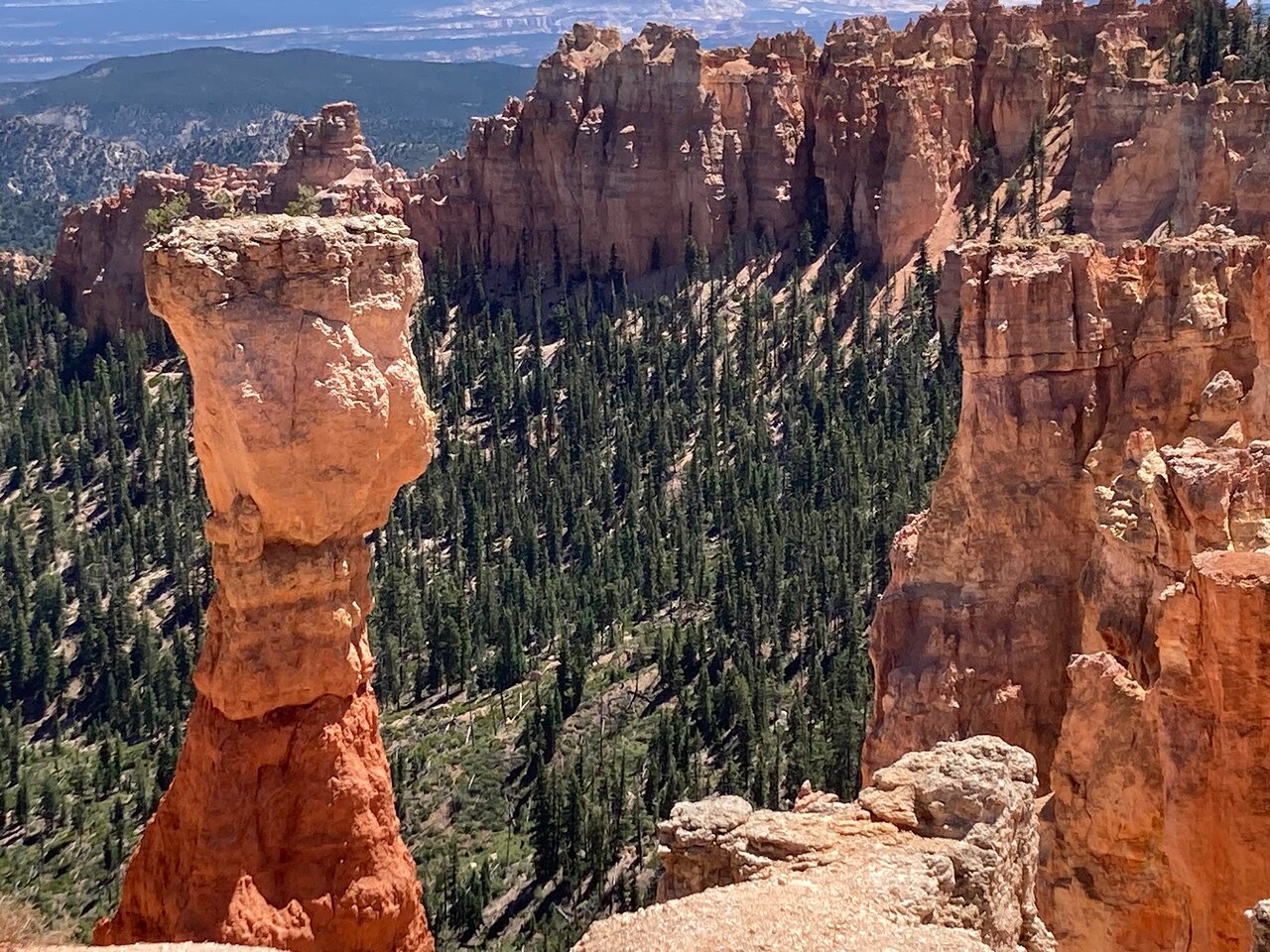

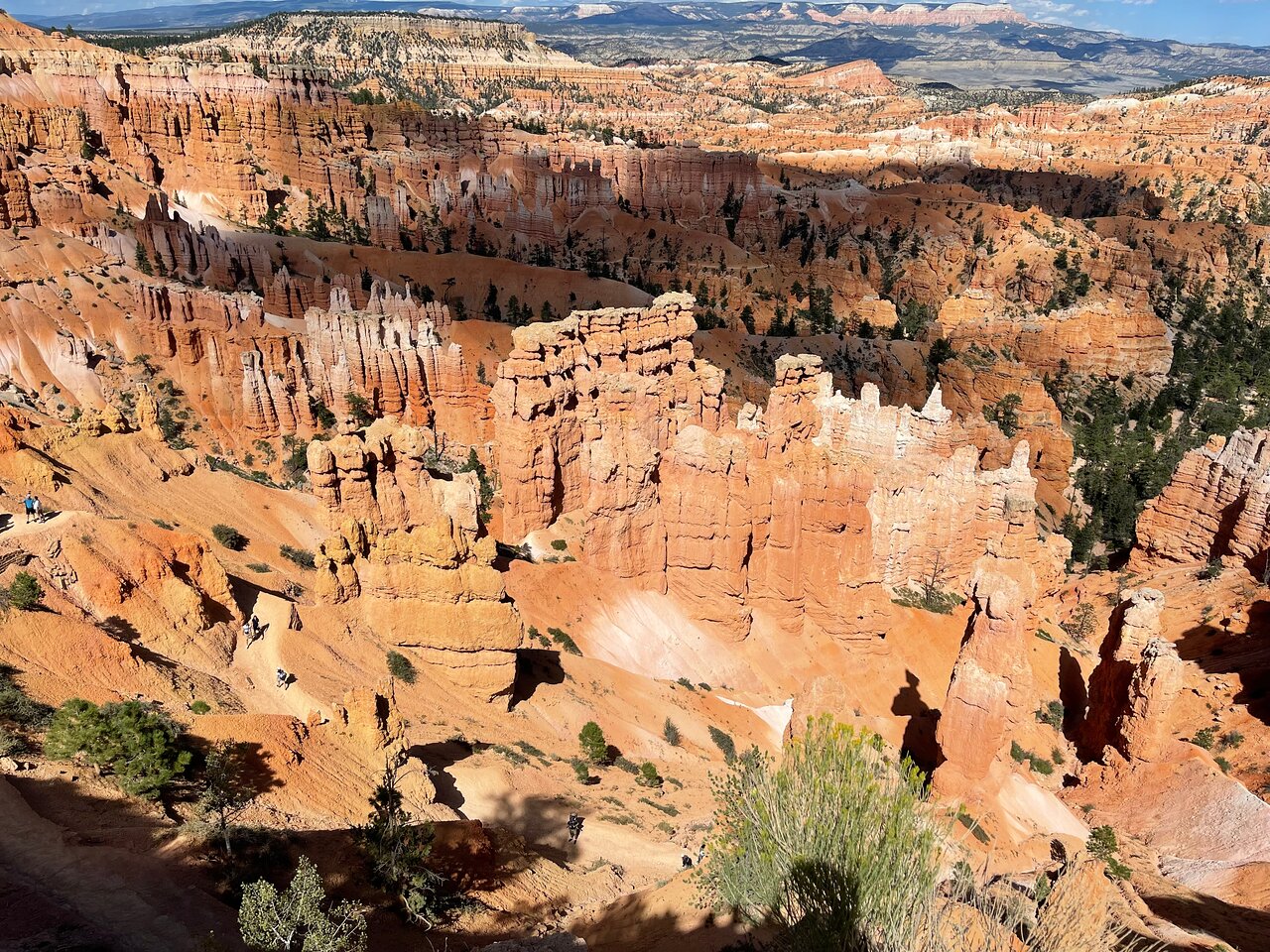
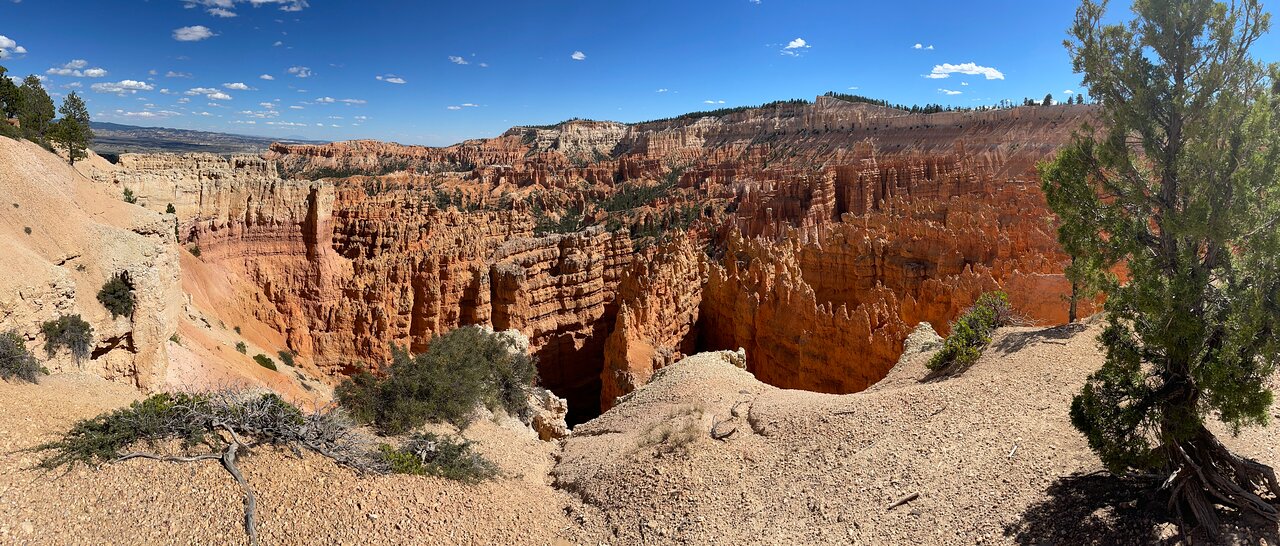
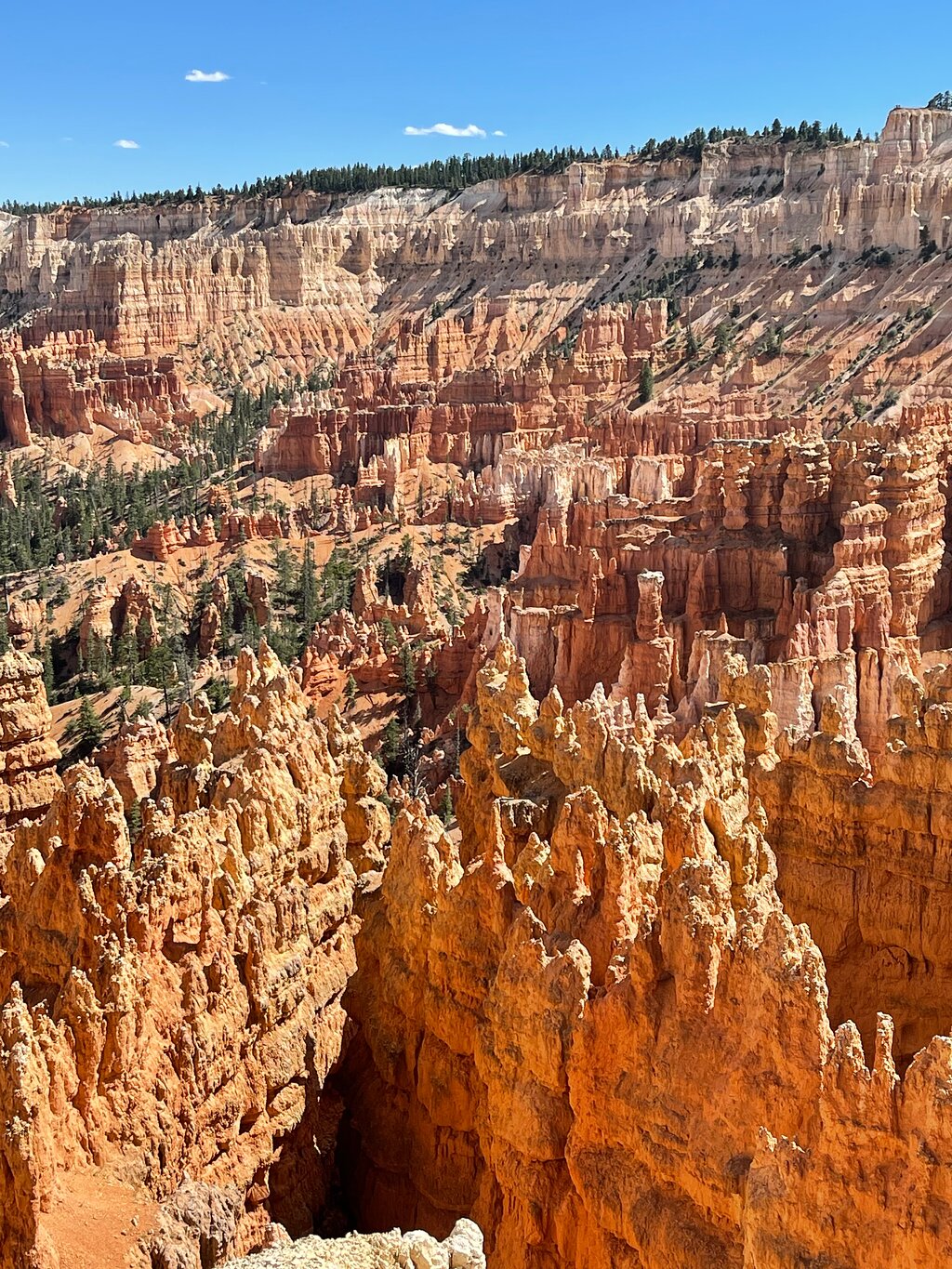
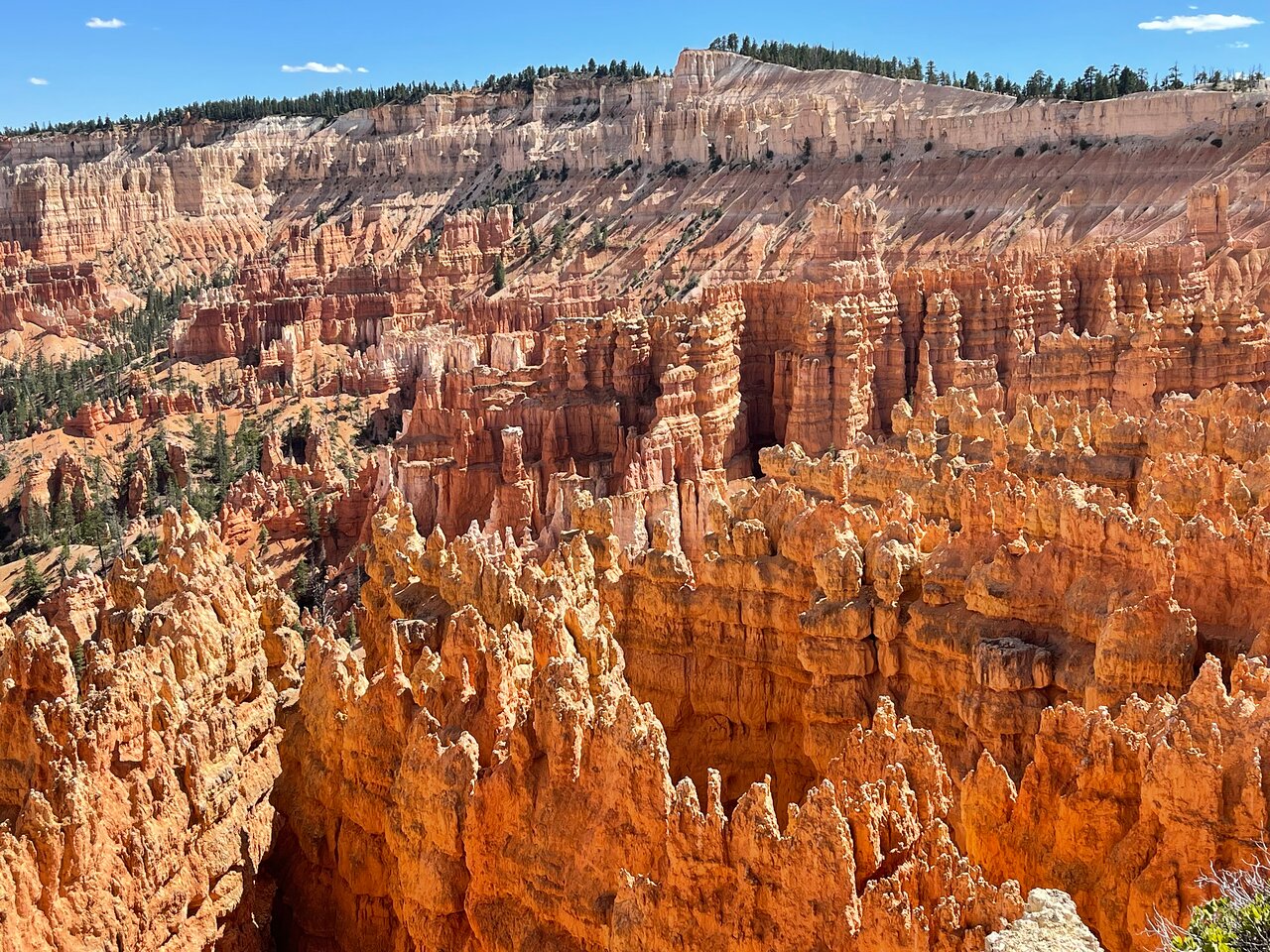
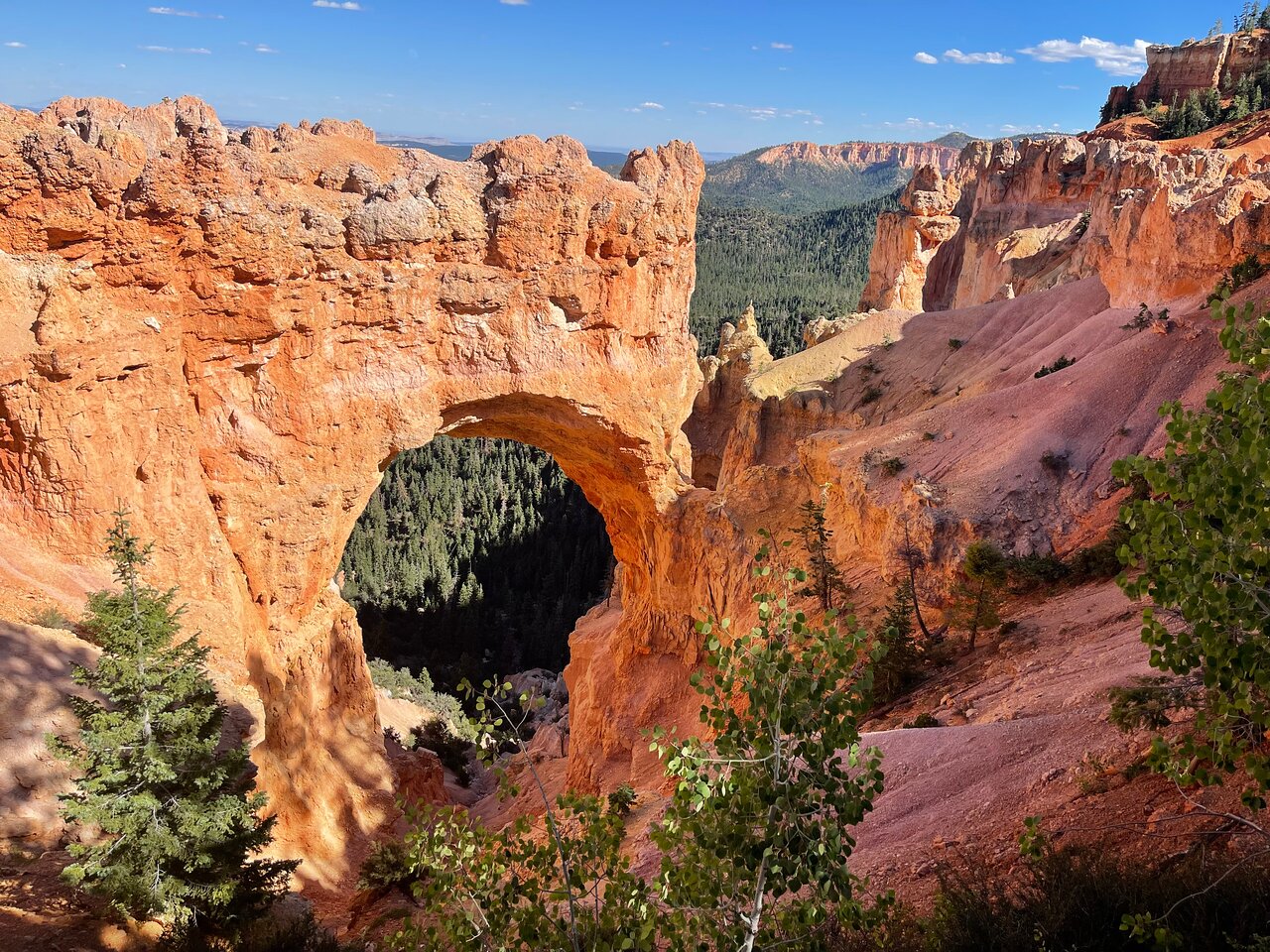

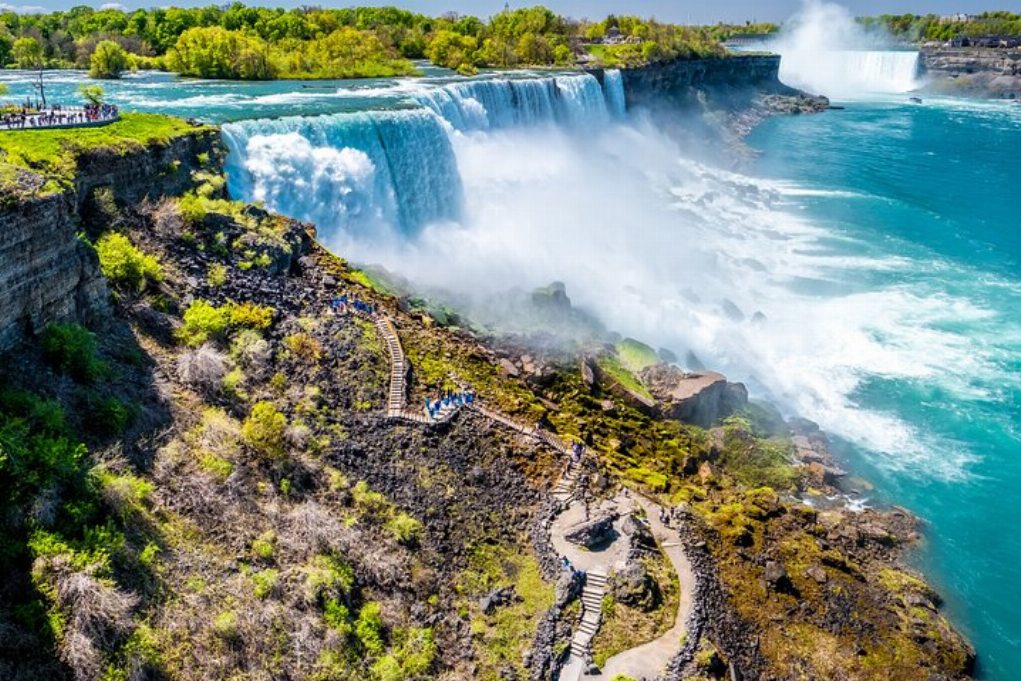

 більше
більше
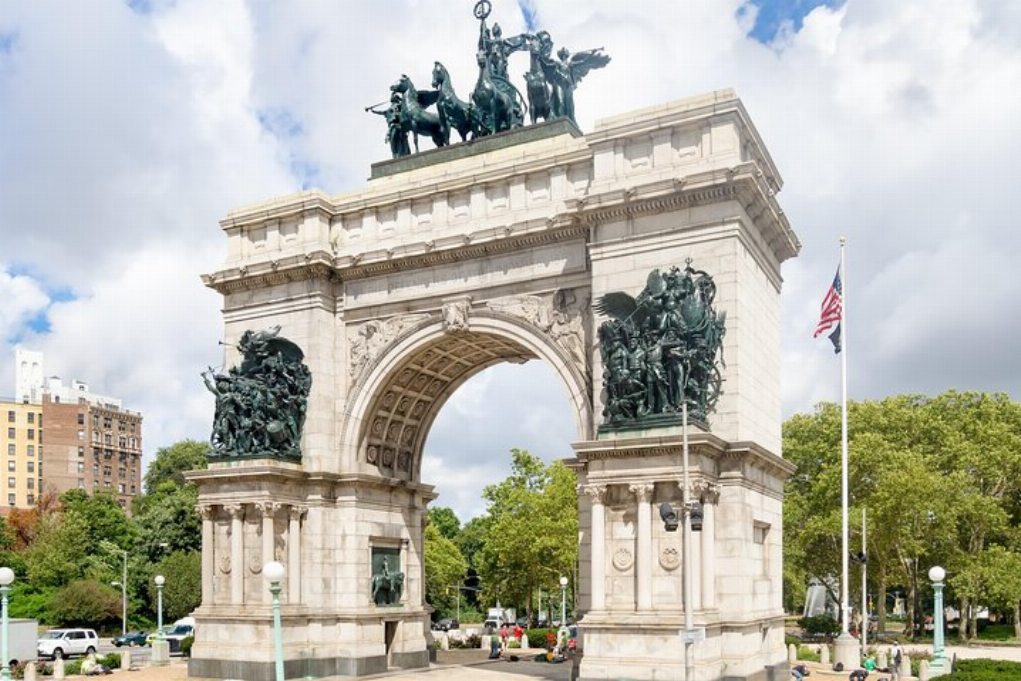


 Продовжуйте з Google
Продовжуйте з Google
 Продовжуйте з Facebook
Продовжуйте з Facebook
 Продовжуйте з Twitter
Продовжуйте з Twitter

